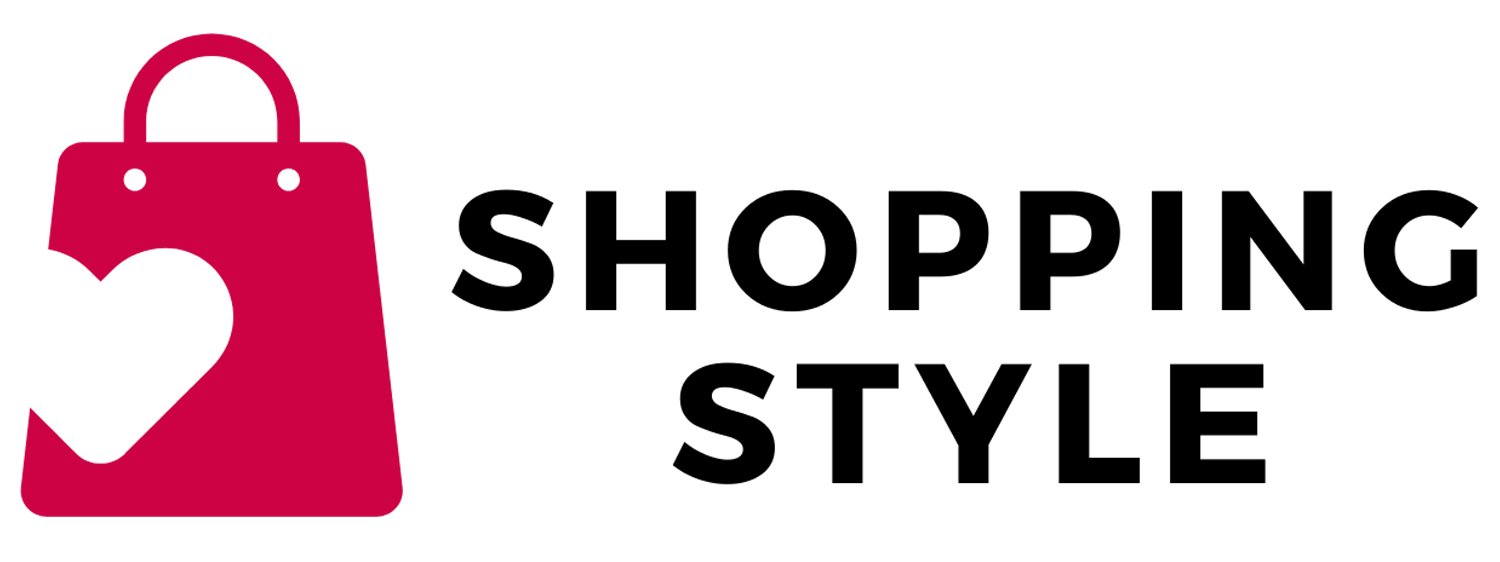Shopping Style
The Evolution of Fashion A Journey Through the Decades
Fashion is a form of self-expression that has continuously evolved over the years. From the conservative styles of the 50s to the bold and experimental looks of the 80s, each decade has left its mark on the fashion industry. The 50s 60s 70s 80s 90s fashion were all iconic eras that introduced new trends, challenged societal norms, and reflected the cultural influences of the time. In this article, we will take a trip down memory lane and explore the fashion trends that defined these decades.
1950s: The Era of Elegance and Sophistication
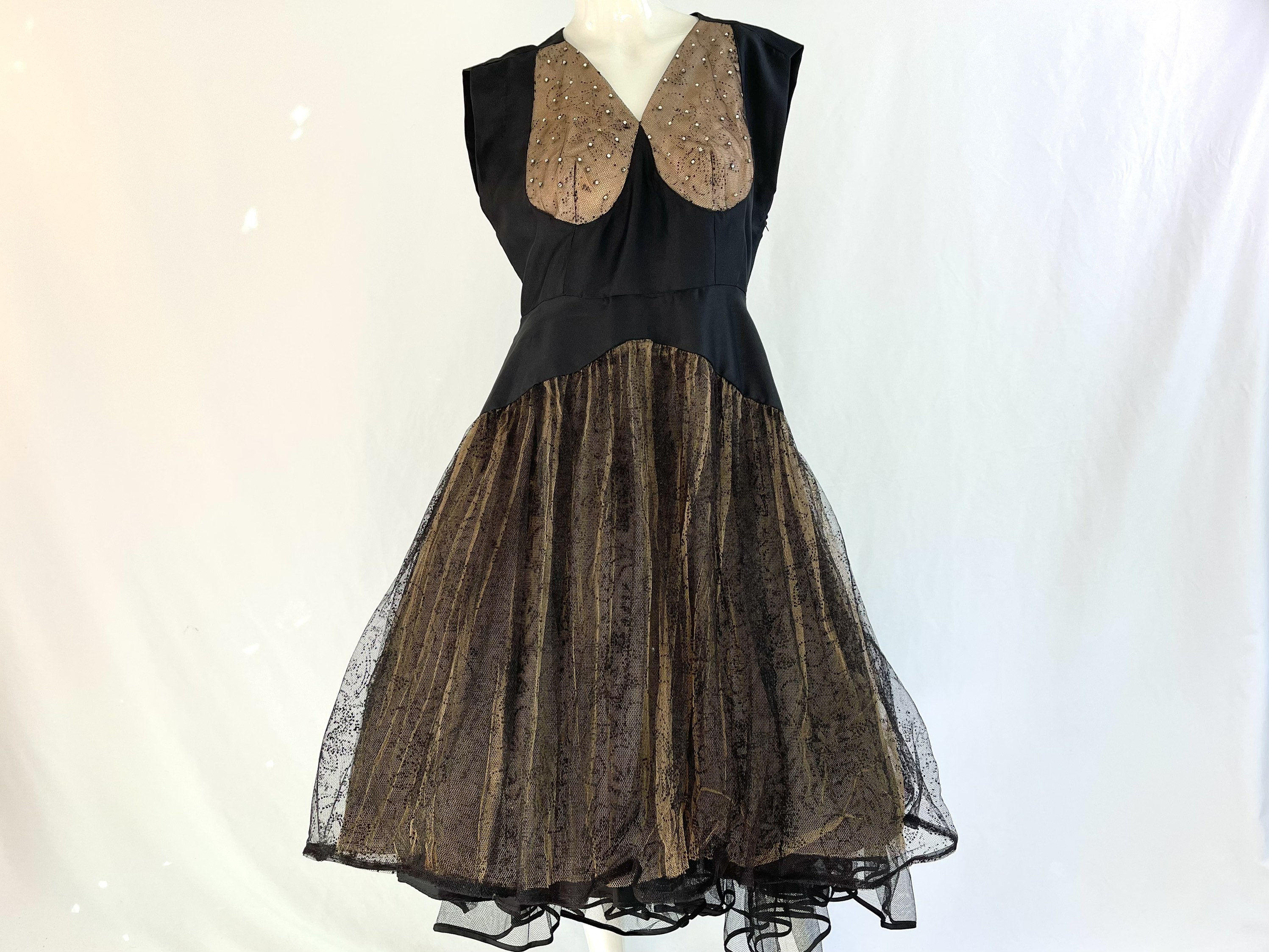
The Influence of Hollywood Glamour
The 1950s saw a return to traditional gender roles and a renewed focus on family life after the chaos of World War II. This was reflected in the fashion of the time, which exuded elegance and sophistication. Women were expected to look polished and put-together at all times, taking inspiration from Hollywood icons like Marilyn Monroe, Audrey Hepburn, and Grace Kelly.
The hourglass silhouette was the most coveted shape for women during this decade. This was achieved through the use of full skirts, nipped-in waists, and padded bras. The popular fabrics of the time were cotton, silk, and taffeta, adorned with delicate prints and feminine details like bows, lace, and ruffles.
Men’s Fashion: Preppy and Dapper
Men’s fashion in the 50s was heavily influenced by the style of movie stars like James Dean and Marlon Brando. The preppy look, consisting of polo shirts, khaki pants, and loafers, was popular among young men, while the older generation preferred a more traditional and dapper look with tailored suits, fedoras, and wingtip shoes.
The color palette for men’s fashion was mostly muted, with shades of grey, navy, and brown being the go-to colors. The classic white t-shirt paired with a leather jacket became an iconic look in this decade, popularized by actors like James Dean.
Table: Must-have Fashion Items in the 1950s
| Women | Men |
|---|---|
| Full skirts | Tailored suits |
| Pencil skirts | Polo shirts |
| Cardigan sweaters | Khaki pants |
| Pearls and gloves | Leather jackets |
| Pointed-toe pumps | Wingtip shoes |
1960s: The Era of Revolution and Youth Culture
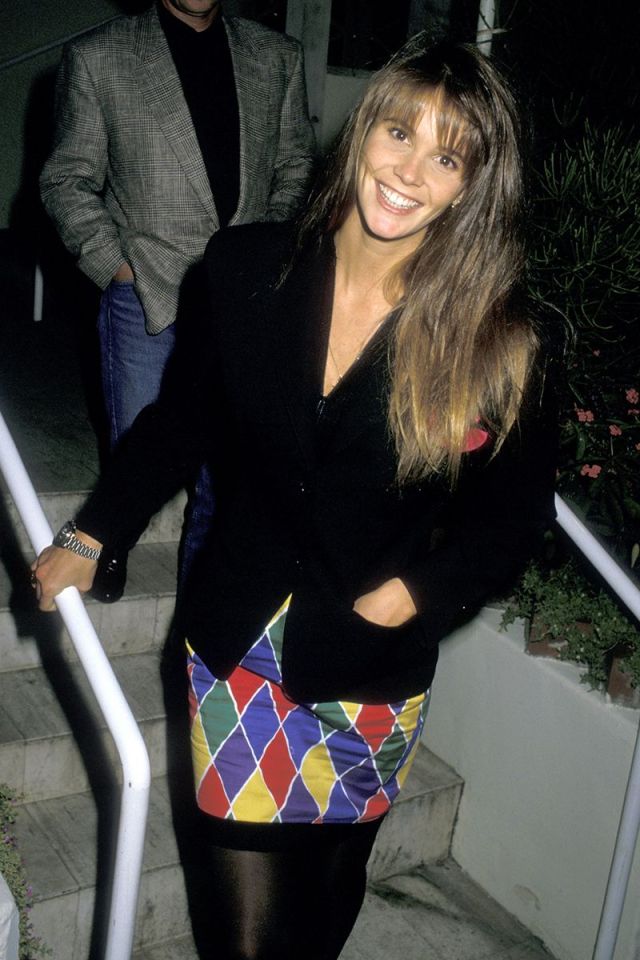
The Rise of Youth Subcultures
The 1960s was a time of change and revolution, and it was reflected in the fashion trends of the decade. The younger generation rejected the traditional styles of their parents and instead embraced more daring and unconventional looks. From the beatniks to the hippies, youth subcultures emerged, each with their own distinct fashion statements.
The mini skirt was one of the most iconic fashion items of the 60s, breaking away from the conservative skirts of the previous decade. Bright colors, psychedelic prints, and bold patterns were also popular, influenced by the rise of the counterculture movement.
Men’s Fashion: A Shift Towards Casual and Comfortable
As the youth culture gained momentum, men’s fashion also saw a shift towards more casual and comfortable styles. The mod look, characterized by slim-fitting suits, turtlenecks, and ankle boots, rose to popularity. This gave way to the “peacock revolution,” where men embraced brighter colors, paisley prints, and flamboyant accessories.
The Beatles were major influencers of men’s fashion in the 60s, with their signature bowl haircuts and collarless suits becoming a global trend.
List: Iconic Fashion Trends of the 1960s
- Mini skirts
- Bell-bottom pants
- Tie-dye shirts
- Go-go boots
- Headbands and flower crowns
1970s: The Era of Individualism and Self-Expression
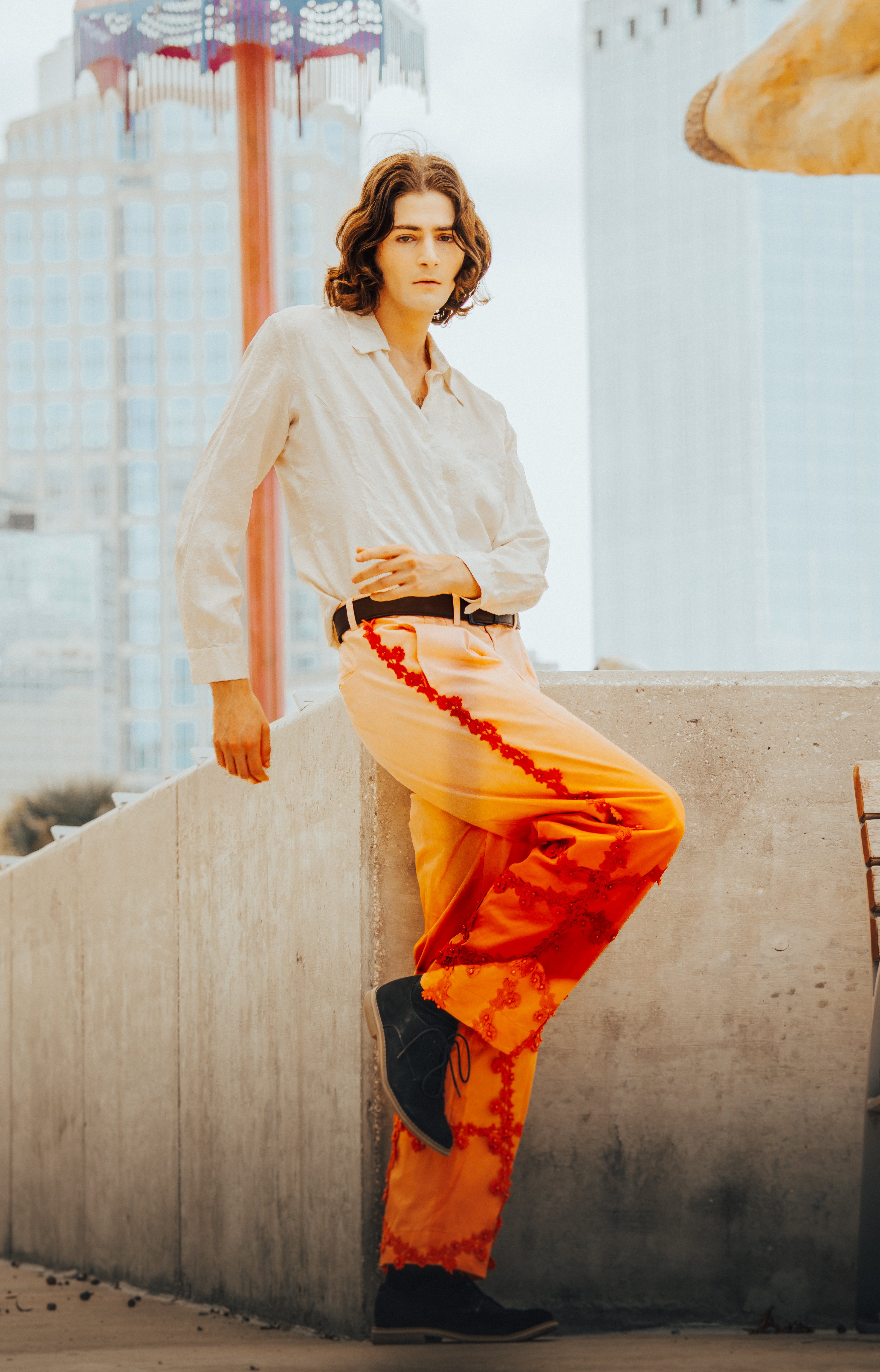
The Influence of Disco Culture
The 70s was a decade characterized by individualism, self-expression, and freedom. This was reflected in the fashion trends, which were more diverse and inclusive than ever before. The disco culture had a major influence on fashion, with vibrant colors, glitter, and sequins becoming must-have elements in every wardrobe.
Women’s fashion in the 70s saw a return to more natural and relaxed silhouettes. Flowy maxi dresses, peasant blouses, and high-waisted flared jeans were popular choices. Platform shoes, metallic jumpsuits, and bell-sleeved tops were also iconic fashion items of the decade.
Men’s Fashion: From Hippies to Glam Rockers
Men’s fashion in the 70s was just as diverse and expressive as women’s fashion. The hippie style continued to hold its ground, with men embracing loose-fitting clothes, earthy tones, and bohemian accessories. However, the rise of glam rock brought a new level of extravagance to men’s fashion, with artists like David Bowie and Elton John setting the trends with their bold and flamboyant looks.
Bell-bottom pants, platform shoes, and fringed jackets were all popular choices for men in the 70s. The use of bright colors and patterns was also prevalent, reflecting the overall theme of self-expression and individualism.
Table: Must-have Fashion Items in the 1970s
| Women | Men |
|---|---|
| Maxi dresses | Bell-bottom pants |
| Flared jeans | Platform shoes |
| Peasant blouses | Fringed jackets |
| Jumpsuits | Metallic shirts |
| Chunky jewelry | Bold patterns and colors |
1980s: The Era of Excess and Boldness
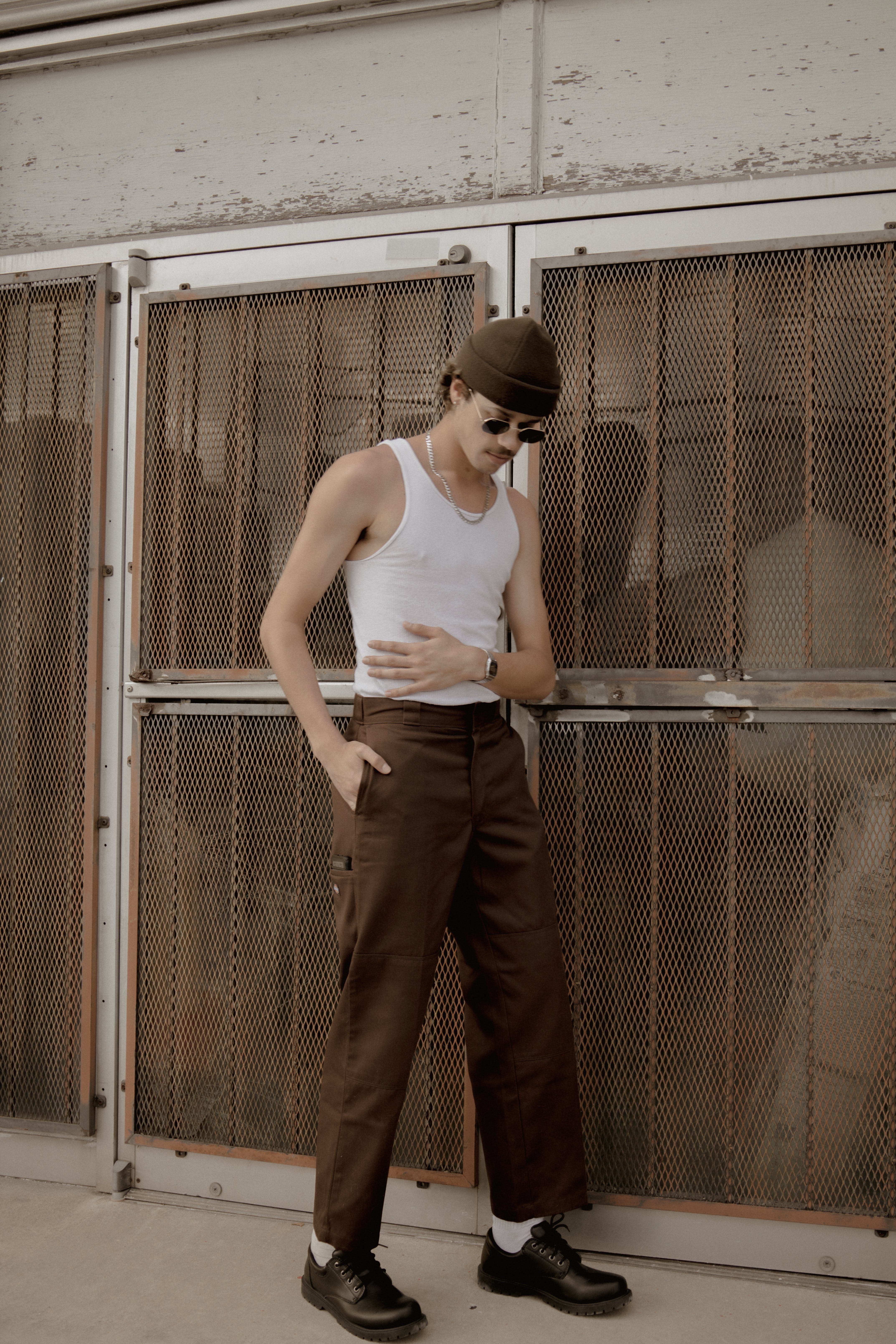
The Influence of Pop Culture
The 80s was a decade of excess, extravagance, and boldness. This was reflected in the fashion trends, which were influenced by the rise of pop culture icons like Madonna, Michael Jackson, and Princess Diana. The power dressing trend for women, characterized by shoulder pads, tailored suits, and bold accessories, became a symbol of female empowerment in the corporate world.
The use of neon colors, exaggerated silhouettes, and bold prints was also prevalent in women’s fashion during this decade. Leggings, oversized sweaters, and high-waisted jeans were all popular choices, inspired by the fitness craze and aerobics trend of the time.
Men’s Fashion: A Blend of Classic and Trendy
Men’s fashion in the 80s was a blend of classic and trendy styles. The preppy look of the 50s made a comeback, with men embracing polo shirts, chinos, and boat shoes. However, there was also a strong influence from pop stars and musicians, with leather jackets, ripped jeans, and band t-shirts becoming staple items in every man’s wardrobe.
The use of bright colors and bold patterns continued to be popular among men, and accessories like chunky gold chains, sunglasses, and hats were must-have items to complete the look.
List: Iconic Fashion Trends of the 1980s
- Shoulder pads
- Leggings and leotards
- Acid wash jeans
- Bomber jackets
- Scrunchies and headbands
1990s: The Era of Minimalism and Grunge
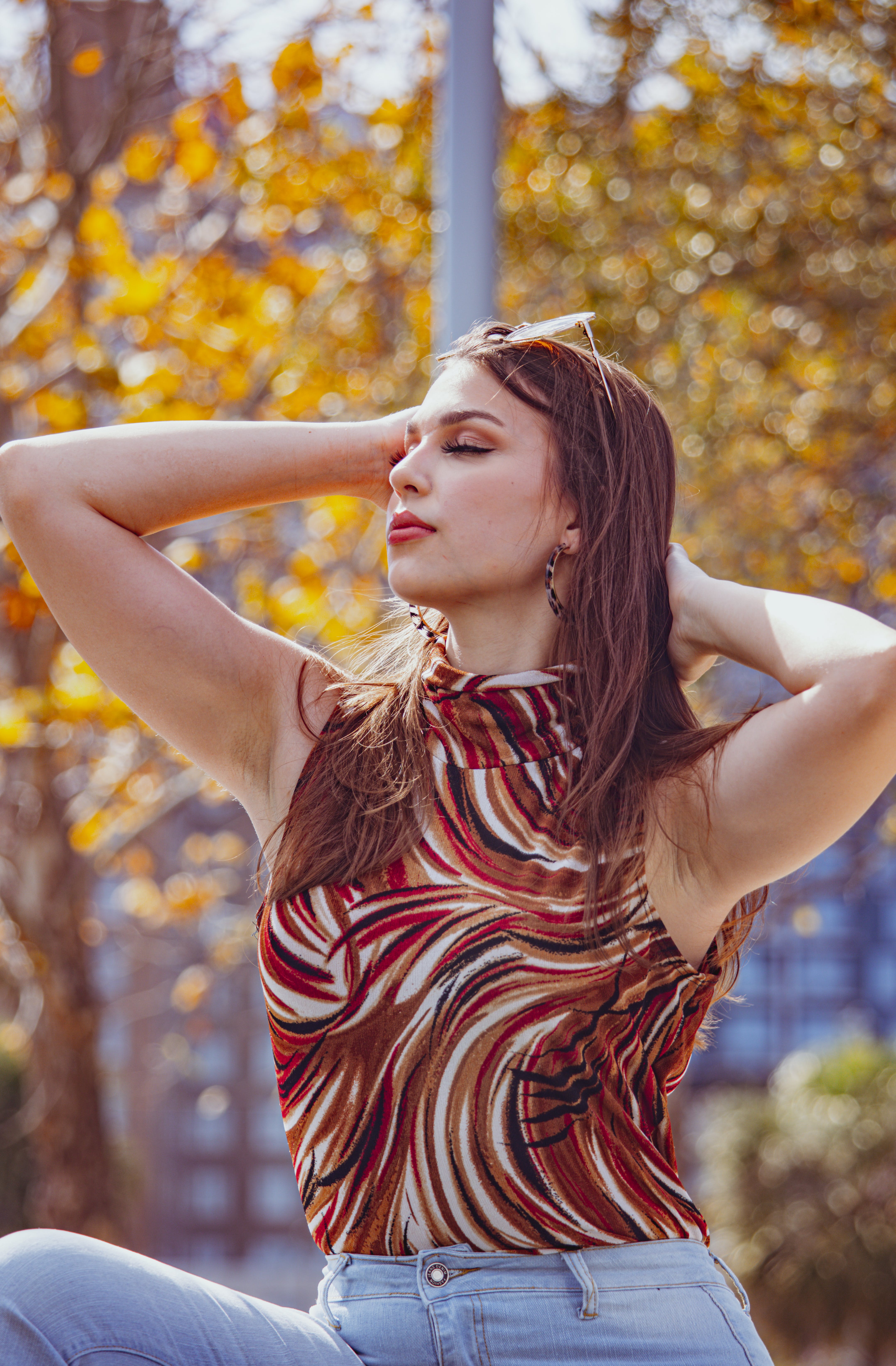
The Rise of Streetwear
The 90s saw a shift towards more minimalistic and casual styles. The grunge movement, popularized by bands like Nirvana and Pearl Jam, brought a new aesthetic to fashion, with ripped jeans, flannel shirts, and combat boots becoming mainstream.
At the same time, the rise of hip-hop culture also had a major influence on fashion, giving birth to streetwear. Oversized clothing, baggy pants, and athletic wear were all popular choices for both men and women. The use of bold logos and brand names on clothing was also prevalent in this decade.
Men’s Fashion: From Hip-Hop to Grunge
Men’s fashion in the 90s was heavily influenced by both hip-hop and grunge styles. Oversized t-shirts, baggy jeans, and basketball jerseys were all popular among young men. However, the grunge look also gained popularity, with flannel shirts, ripped jeans, and Doc Martens becoming staple items.
The rise of streetwear also meant that athletic wear and sneakers were no longer just reserved for sports but were now a part of everyday fashion for men.
Table: Must-have Fashion Items in the 1990s
| Women | Men |
|---|---|
| Slip dresses | Baggy jeans |
| Flannel shirts | Basketball jerseys |
| Combat boots | Sneakers |
| Chokers | Oversized t-shirts |
| Denim jackets | Grunge-inspired clothing |
FAQs
What was the most iconic fashion trend of the 80s?
Shoulder pads were one of the most iconic fashion trends of the 80s, as they were seen as a symbol of female empowerment and success in the corporate world.
What is the main difference between men’s fashion in the 50s and 60s?
Men’s fashion in the 50s was more traditional and dapper, with tailored suits and polished looks being the norm. In the 60s, men’s fashion became more casual and experimental, influenced by movie stars like James Dean and the rise of youth subcultures.
What popularized the mini skirt in the 1960s?
The mini skirt was popularized by fashion designer Mary Quant, who wanted to create a youthful and fresh look for women that defied the conservative styles of the previous decade.
How did pop culture influence fashion in the 80s?
Pop culture icons like Madonna and Michael Jackson had a major influence on fashion in the 80s, introducing bold and extravagant styles that reflected the excess and boldness of the decade.
What was the main subculture that emerged in the 90s?
The grunge subculture, popularized by bands like Nirvana and Pearl Jam, emerged in the 90s and had a major influence on fashion, bringing a more relaxed and minimalistic aesthetic to the forefront.
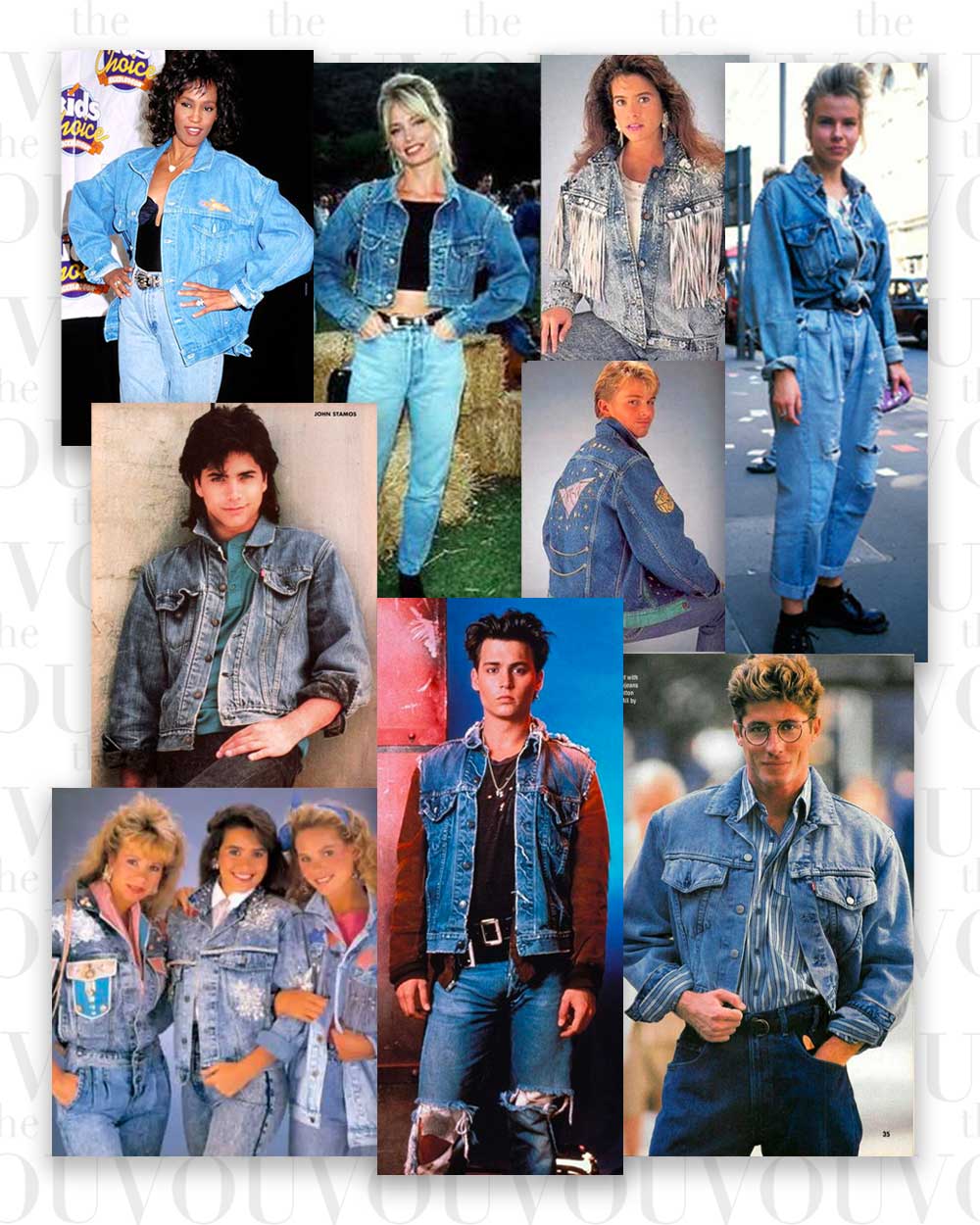
Conclusion
From the elegant and sophisticated styles of the 50s to the bold and experimental looks of the 80s, each decade has left its mark on the fashion industry. The 50s, 60s, 70s, 80s, and 90s all brought something unique and iconic to the table, reflecting the societal and cultural influences of the time. Fashion is constantly evolving, and it will be interesting to see how these trends will continue to inspire and influence future generations.
